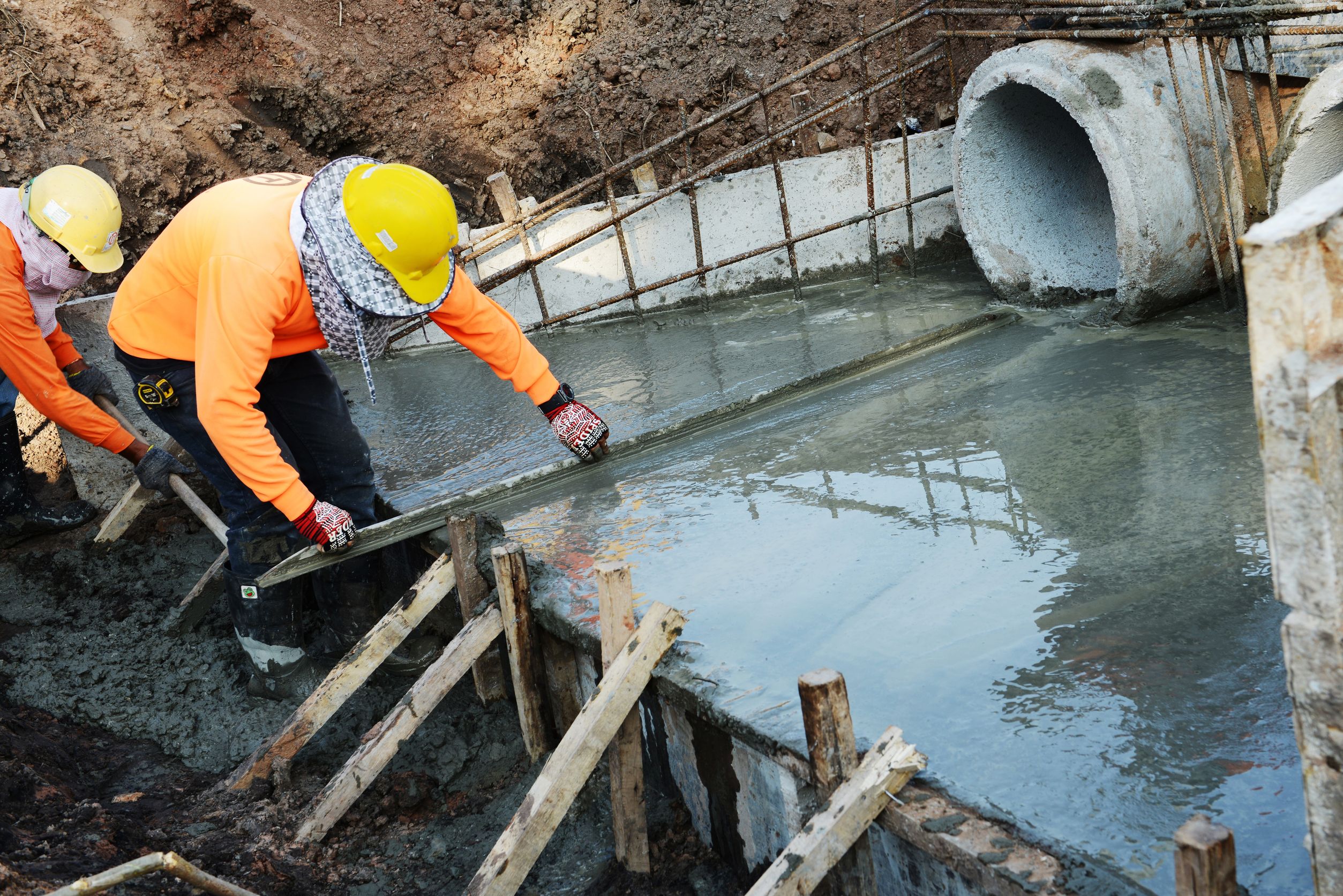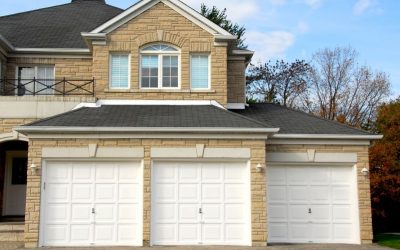We spend a great deal of time in our homes, and the structure needs to be up to the task of withstanding natural disasters like floods, tornadoes, and fire. In most of the United States where weather patterns are relatively benign, fire is the biggest threat.
In the buildings built by Austin, TX custom homes builders, fire prevention is built in from the beginning. Certain guidelines are followed, such as:
Material characteristics
The material used in modern construction will not disintegrate under the effects of heat nor will it expand when a fire is being fought with water. Most materials are made to be fire resistant with the introduction of fire retarding chemicals.
Fire resistant building properties:
- Stone is a poor conductor of heat; sandstone can tolerate moderate heat without disintegration. This is not the case with granite and limestone which both crumble into small pieces as they are heated and then cooled.
- Brick is a poor conductor of heat and will suffer no detrimental effect unless the fire temperature is elevated above 1200 degrees Celsius. If the brick was laid with high quality mortar and work was done by a skilled mason, brick will offer good fire resistance.
- Cast iron is hardly ever used in Austin, TX custom homes but if it is, a covering of concrete or brick must be applied. Cast iron will break into small pieces as it returns to ambient temperature after a fire.
- Steel is a heat conductor and heats up quickly in the event of a fire. Temperatures above 600 degrees Celsius will begin to reduce the tensile strength of steel, and at 1400 degrees Celsuis, the steel will melt. Steel beams and columns which are not protected with a fireproof shield become unsafe and can lead to the collapse of the building. The paint on unprotected steel can catch fire easily, adding to the problem.
- Concrete is a poor conductor of heat and a very good material to use for fire resistant construction. There is no building material which is better in resisting fire, but the actual behavior all depends on the aggregate and cement used. Concrete can be heated to 250 degrees Celsius without any strength reduction; normally cement can resist the effects of fire for an hour at temperatures of 1000 degrees Celsius.
- Glass is a poor heat conductor, it does not expand much when heated but will crack when it’s cooled. Glass that has wire reinforcement can resist changes in temperature better than unreinforced glass, and should it break, it will not shatter.
- Wood is quickly destroyed in a fire, and it also is the key factor in the fire’s intensity. Timber can be made fire resistant by using chemical coating and fire resistant paint.
Austin, TX custom homes built by Zbranek & Holt Custom Homes are built to a very high standard, using nothing but the best materials and workmanship.


